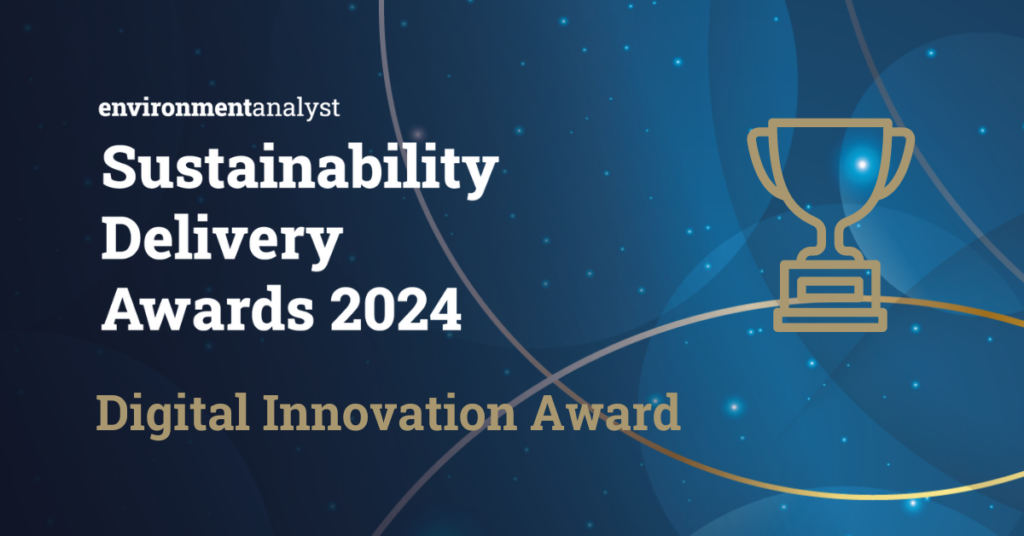Digitalization is good for optimizing the speed of processes, the availability of crucial data, and the flow of information, thus fulfilling a rather supportive function – Nevertheless, it is a significant factor in making EHS processes work effectively and efficiently.
The challenges of EHS digitization
There are two core challenges organizations constantly face when it comes to EHS digitization. Although quite simple yet if unsolved it could result in disrupting everything the project was started in the first place.
- But digitized data is only as good as the results it provides. What I mean is that if you are collecting data that cannot be used later or does not help you make decisions, digitization is completely unnecessary. There is no such thing as „it will just be good for something down the line”, or that „others also do it so then it must be good”.
- Being excessive when it comes to data digitization can also result in difficulties. Another common mistake is to be a maximalist and collect basically everything. If we can only measure electricity consumption at the site level, we need to understand what the collected data can be used for. We will see whether all the elements of the plant have consumed more or less electricity overall than before. This will reveal the real reason for the increase in our consumption, but as a plant becomes more complex, seeing the possible reason becomes more difficult. Changes in production output, different projects in changing technology parallel, or changes in processes bring a high complexity into the picture. That is why we start to include sub-meters in the system, so we get measurements for halls or production lines. This gives us a much more accurate picture; thus, we can define much better indicators and fine-tune our actions.
Words of wisdom from a personal experience
The main KPI of a manufacturing plant we are in contract with is kwh/product manufactured. They wanted to optimize this KPI through various process changes and technological improvements. In the first step of the calculation, they simply took the electricity consumption for the whole site and divided it by the product produced during the period. But what does it tell me? I can see the evolution of the whole factory and if I know what changes I have made, there is a good chance of seeing the impact of that one investment quite accurately. In some cases, this may even be enough. But if I want to model the direct impact of an investment in advance, I need to look much deeper than that. I need to look at the consumption of the unit (production line or machine), the conditions under which it is operated, and if there is anything that should be changed. Do I need such detailed data on an ongoing basis, or is it enough to assess it thoroughly just once for a particular project? These are all questions that I need to answer first with the help of a professional (energy engineer or production planner) and then I can start building my data collection process.
Digitization tools

The digital revolution is enabling companies to collect data from new sources.
Let’s see an example. One of our clients has developed the concept of a digital washroom. This company is an innovative manufacturer of hygiene products such as soap and paper dispensers.
Their dispensers are equipped with a wireless system that transmits all dispensing operations to a central database. In addition, a door-mounted counter allows the number of people entering the washroom to be counted. With these two pieces of information, the following can be deduced:
The percentage of workers who actually washed their hands, and through this, you can check whether hygiene standards are being met (especially in important areas such as food processing and hospital or during virus outbreaks) – If the result is not satisfactory, you can initiate additional training in specific areas.
– The consumption of different cleaning products, not just the quantity purchased. So, the additional data will provide insight into the effectiveness of your hygiene standards.
From a process and procurement point of view, you can guarantee that you always have the right amount of soap, toilet paper, or hand towels, because the system automatically alerts and even signals a service company to take action. None of your employees have to sit on the toilet or stand with wet hands in front of the tap realizing with utter shock the missing papers….and everyone knows the “workarounds” are not always ideal from a sanitary point of view.
What is digitization all about?
When we talk about digitalization, many people think of all kinds of high-tech devices – not necessarily washroom-related, like robots, drones, special sensors, and cameras, and rightfully so. These technologies need to be adapted to EHS processes and often still have a long way to go to become a part of our everyday life.
Our expert view at the moment is that for the vast majority of companies, digitization is only viable in specific circumstances, and in many cases, the legislation still needs to adapt, like for cameras collecting special information about employees, clients, or visitors.
In conclusion
In summary, the business needs and the processes emerging from them should be the main focus of any optimization project, and digitalization should be understood as an important tool on the road to a more sustainable future for our organizations. This way you can always make the right decisions at the right time with the right data at hand.
Written by Robert Szücs-Winkler
For more information about current EHS trends, please check out our upcoming free webinar: EHS Compliance Challanges and Solutions. Register now!







